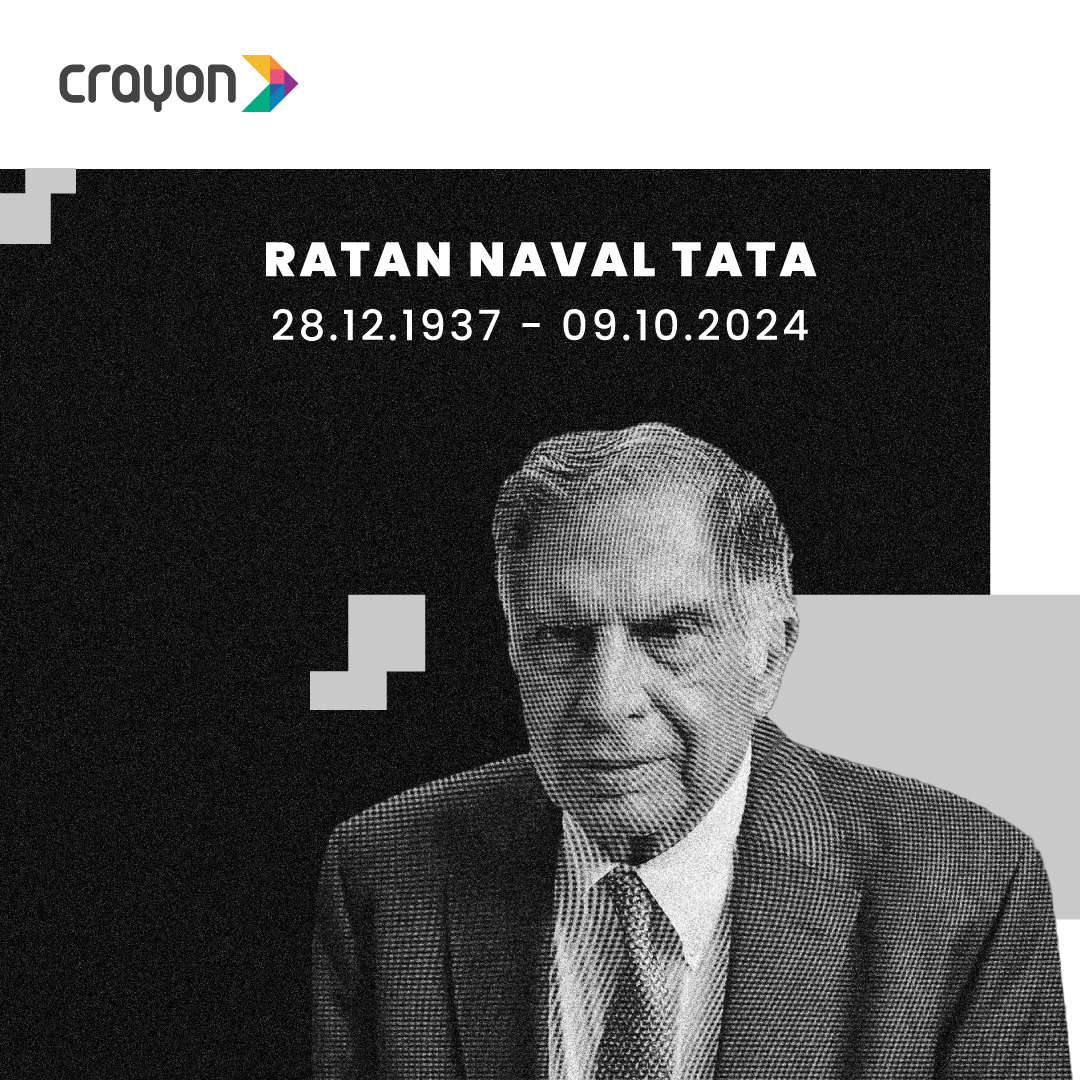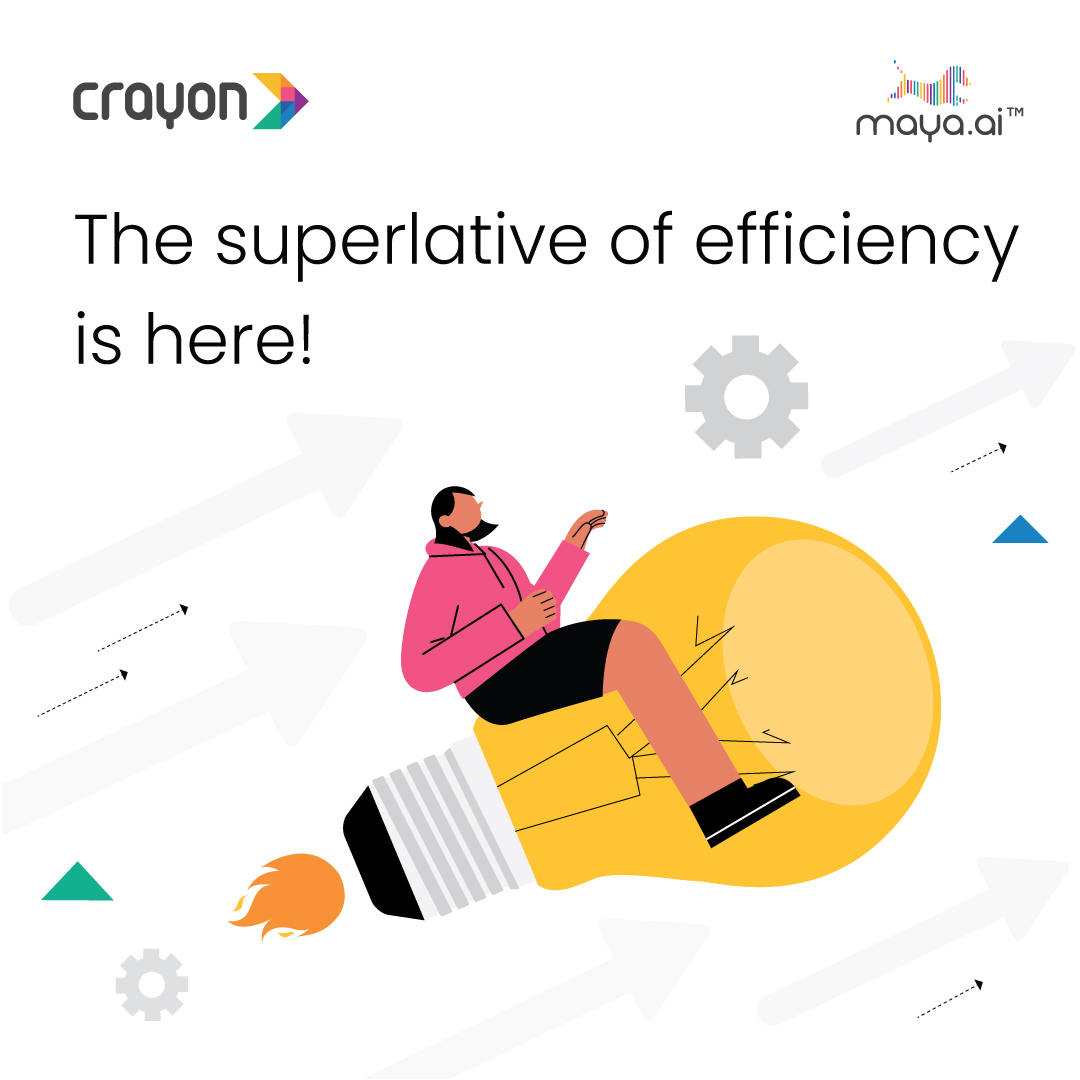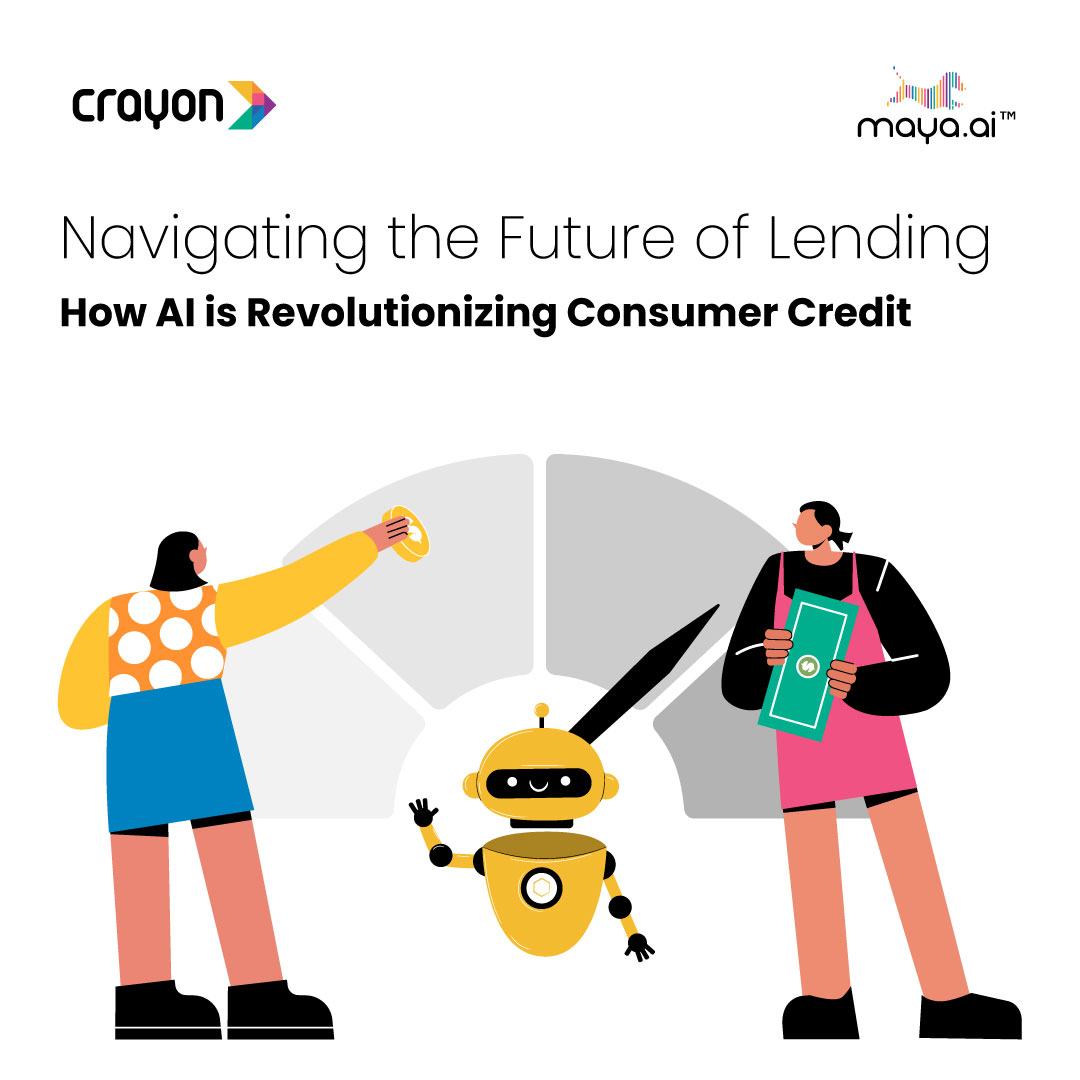What makes you think banks can’t be nimble? – Chanda Kochhar
Can large banks like ICICI compete with innovative startups and win? Startups can be quick and nimble, whereas a bank with $100 billion in assets must test a technology extensively before rolling it out. And how do you deal with competitors for segments of your business that rise out of unexpected corners?
“What makes you think banks can’t be nimble?” counters Kochhar. “I think one of the very important DNAs of ICICI always has been its agility… its ability to foresee what are the changes that are coming and to keep the organisation, the products, the services, the channels, everything ready in anticipation of that change.”
She says her bank has been at the forefront of every major new tech paradigm—ATMs, internet banking, mobile banking, digital wallets and so on—that there is no good reason to worry about losing out in another round of tech evolution. She believes the bank is well poised for change. In fact, she says, a large bank has an advantage because it has multiple existing relationships with the customer whose trust it already has.
“I would never say banks should never get paranoid about these innovations that take place outside the banking system. But banks can also view these as possible innovations that the banks can themselves offer to customers and actually build even stronger, longer term relationships with them.”
India’s relationship with money has changed dramatically: Chanda Kochhar
Subscribe to the Crayon Blog. Get the latest posts in your inbox!
India’s relationship with money has changed dramatically: Chanda Kochhar
What makes you think banks can’t be nimble? – Chanda Kochhar
Can large banks like ICICI compete with innovative startups and win? Startups can be quick and nimble, whereas a bank with $100 billion in assets must test a technology extensively before rolling it out. And how do you deal with competitors for segments of your business that rise out of unexpected corners?
“What makes you think banks can’t be nimble?” counters Kochhar. “I think one of the very important DNAs of ICICI always has been its agility… its ability to foresee what are the changes that are coming and to keep the organisation, the products, the services, the channels, everything ready in anticipation of that change.”
She says her bank has been at the forefront of every major new tech paradigm—ATMs, internet banking, mobile banking, digital wallets and so on—that there is no good reason to worry about losing out in another round of tech evolution. She believes the bank is well poised for change. In fact, she says, a large bank has an advantage because it has multiple existing relationships with the customer whose trust it already has.
“I would never say banks should never get paranoid about these innovations that take place outside the banking system. But banks can also view these as possible innovations that the banks can themselves offer to customers and actually build even stronger, longer term relationships with them.”
Subscribe to the Crayon Blog. Get the latest posts in your inbox!
India’s relationship with money has changed dramatically: Chanda Kochhar
What makes you think banks can’t be nimble? – Chanda Kochhar
Can large banks like ICICI compete with innovative startups and win? Startups can be quick and nimble, whereas a bank with $100 billion in assets must test a technology extensively before rolling it out. And how do you deal with competitors for segments of your business that rise out of unexpected corners?
“What makes you think banks can’t be nimble?” counters Kochhar. “I think one of the very important DNAs of ICICI always has been its agility… its ability to foresee what are the changes that are coming and to keep the organisation, the products, the services, the channels, everything ready in anticipation of that change.”
She says her bank has been at the forefront of every major new tech paradigm—ATMs, internet banking, mobile banking, digital wallets and so on—that there is no good reason to worry about losing out in another round of tech evolution. She believes the bank is well poised for change. In fact, she says, a large bank has an advantage because it has multiple existing relationships with the customer whose trust it already has.
“I would never say banks should never get paranoid about these innovations that take place outside the banking system. But banks can also view these as possible innovations that the banks can themselves offer to customers and actually build even stronger, longer term relationships with them.”
Subscribe to the Crayon Blog. Get the latest posts in your inbox!
India’s relationship with money has changed dramatically: Chanda Kochhar
What makes you think banks can’t be nimble? – Chanda Kochhar
Can large banks like ICICI compete with innovative startups and win? Startups can be quick and nimble, whereas a bank with $100 billion in assets must test a technology extensively before rolling it out. And how do you deal with competitors for segments of your business that rise out of unexpected corners?
“What makes you think banks can’t be nimble?” counters Kochhar. “I think one of the very important DNAs of ICICI always has been its agility… its ability to foresee what are the changes that are coming and to keep the organisation, the products, the services, the channels, everything ready in anticipation of that change.”
She says her bank has been at the forefront of every major new tech paradigm—ATMs, internet banking, mobile banking, digital wallets and so on—that there is no good reason to worry about losing out in another round of tech evolution. She believes the bank is well poised for change. In fact, she says, a large bank has an advantage because it has multiple existing relationships with the customer whose trust it already has.
“I would never say banks should never get paranoid about these innovations that take place outside the banking system. But banks can also view these as possible innovations that the banks can themselves offer to customers and actually build even stronger, longer term relationships with them.”
Subscribe to the Crayon Blog. Get the latest posts in your inbox!




